Best Android Tablets in 2020
1. Samsung Galaxy Tab S6
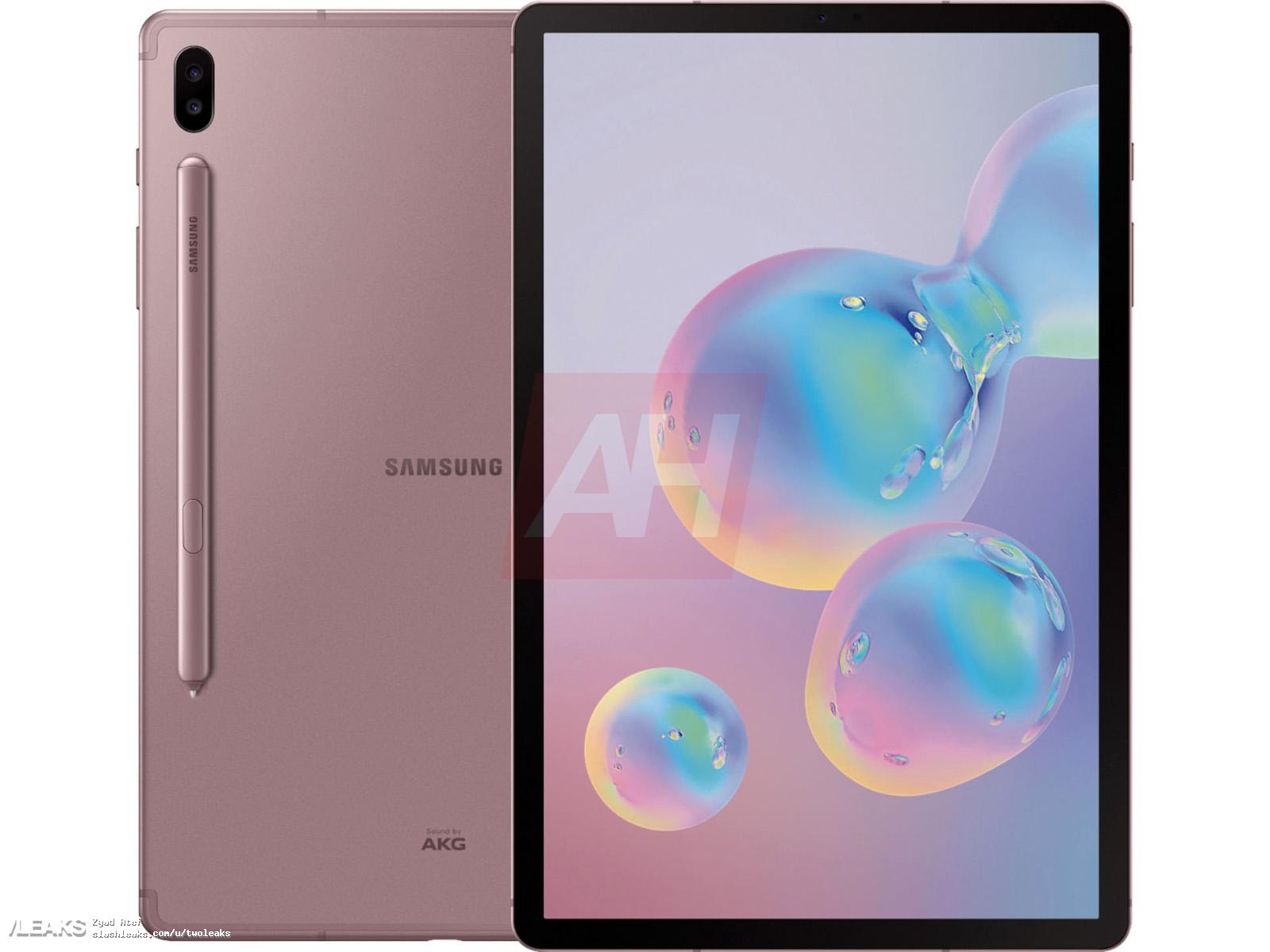
2. Samsung Galaxy Tab S6 Lite
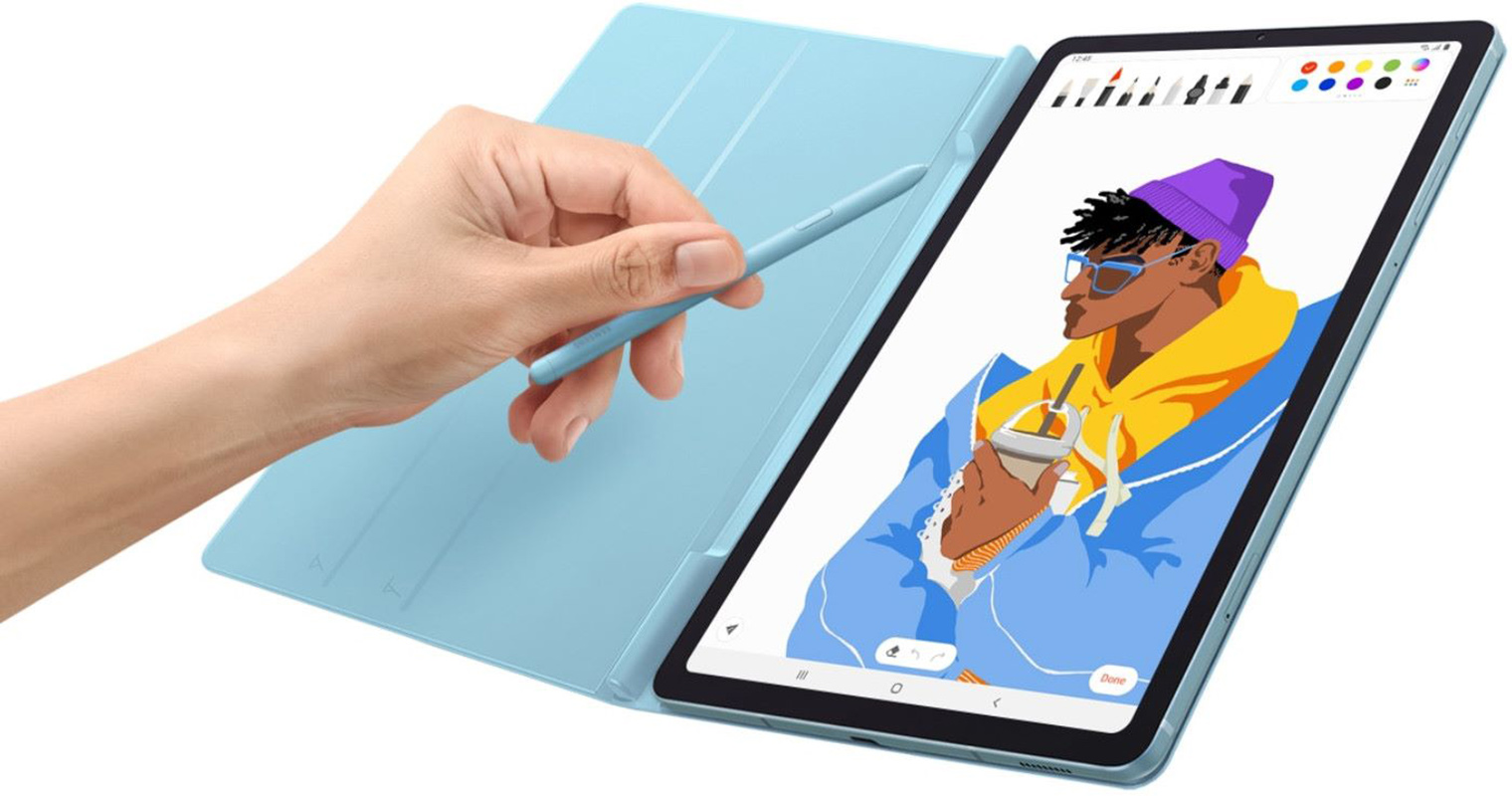
3. Huawei MatePad Pro
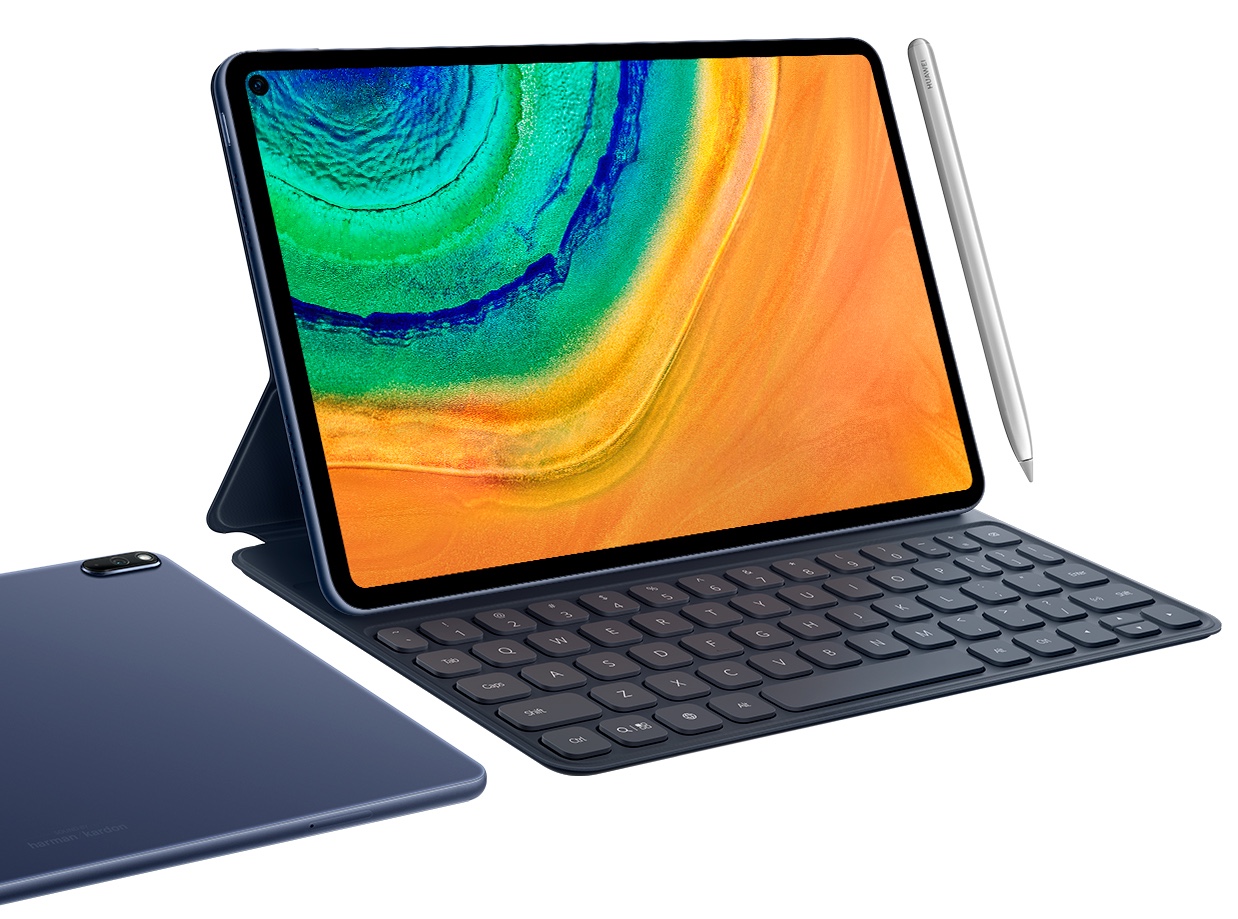
Samsung Galaxy Tab S4
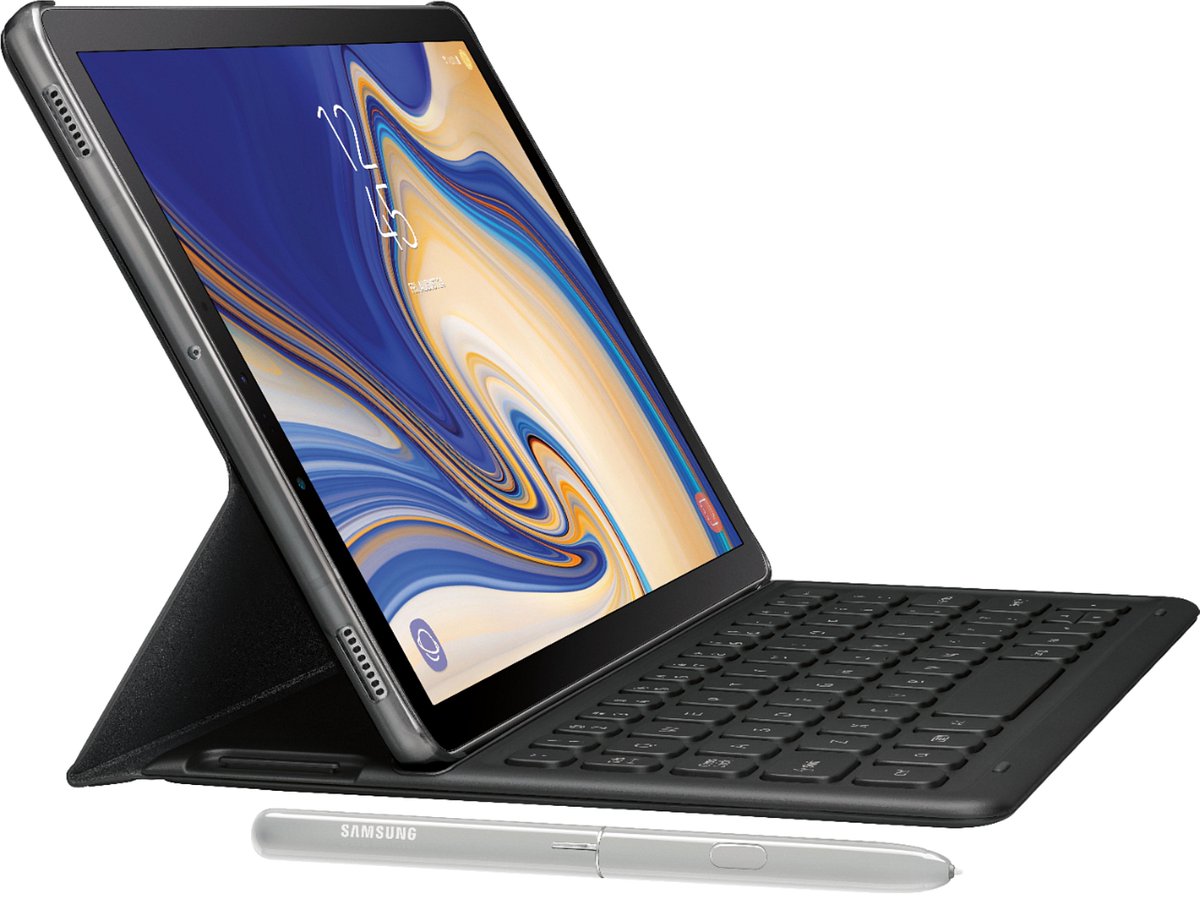
Amazon Fire HD 8 Plus
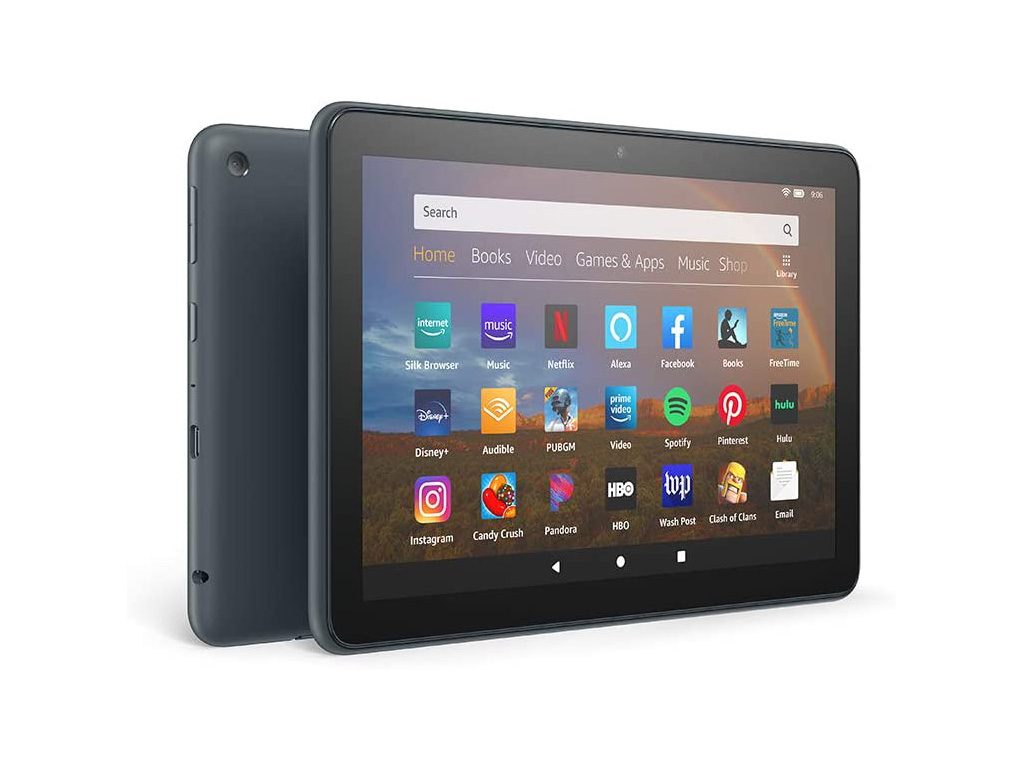
Amazon Fire HD 10 (2019)
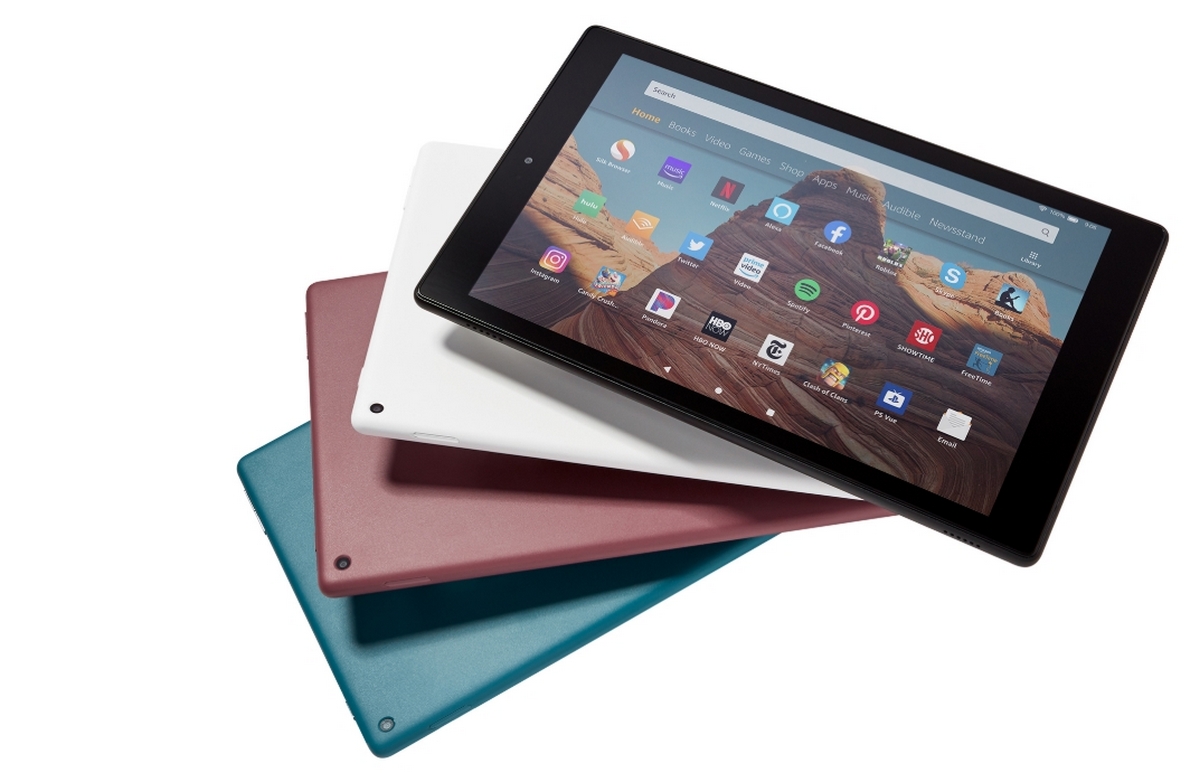
Amazon Fire HD 8 (2020)

Amazon Fire 7 (2019)

Which Tablet Has the Best Apps? What's a tablet without quality apps? If you want third-party apps specifically designed for a touch-screen interface,
There are lots of tablets on the market, so it can be hard to know which one is best for you. Here are our picks for the best tablets.
Best Android tablets in 2020 at a glance:
- Samsung Galaxy Tab S6
- Samsung Galaxy Tab S6 Lite
- Huawei MatePad Pro
- Samsung Galaxy Tab S4
- Amazon Fire HD 8 Plus (2020)
- Amazon Fire HD 10 (2019)
- Amazon Fire HD 8 (2020)
- Amazon Fire 7 (2019)
What are the best Android tablets?
The Galaxy Tab S6 Lite is the best Android tablet for a variety of reasons. It's not the hyper-affordable Amazon Fire 7 (more on that later), but it's the best Android tablet because wow it's worth the investment for anyone who values endurance, performance and apps.Yes, I bring up apps because you don't want to buy a tablet just to discover it's lacking major apps. The Galaxy Tab S6 Lite runs real, untarnished Android, which means it has the Google Play Store, and all of the best podcasting apps, as well as messaging apps like WhatsApp, that you don't find elsewhere.
That being said, it's hard for many to argue with the value-level pricing of the Amazon Fire tablets. The Fire 7 is snappier than any $50 tablet has any right to be, and it's got the added value of supporting Alexa, for those who want access to Amazon's assistant at all times. I'd personally recommend people spend almost twice as much, though, as the Fire HD 8 has amazing endurance, the likes of which beats practically every tablet up and down the list.
- Apple iPad (2019)
- Apple iPad Pro (12.9-inch, 2020)
- Amazon Fire HD 10.
- Apple iPad mini.
- Microsoft Surface Pro 7.
- Apple iPad Air.
- Microsoft Surface Go 2.
- Samsung Galaxy Tab S6 Lite.
Performance on even the least expensive devices tends to be passable these days, so pay extra attention to design and display quality. The software experience might improve over time, but that chintzy plastic body isn't getting any upgrades.
Low-cost tablets also tend to have dull, 1,024-by-600 or 1,280-by-800 screens, that can look grainy to eyes used to even midrange smartphones. Higher-quality tablets are often in the 2,048-by-1,536 range, which is notably sharper.
If you're planning to use your tablet for Netflix binges, reading ebooks, or as a laptop replacement, we recommend IPS and AMOLED displays for their wide viewing angles, vibrant colors, and excellent contrast.




